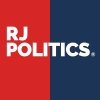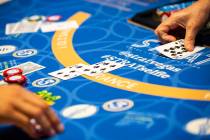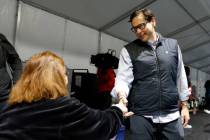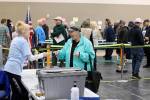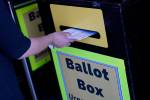Study: 1 in 20 voters make ballot mistakes with ranked choice voting
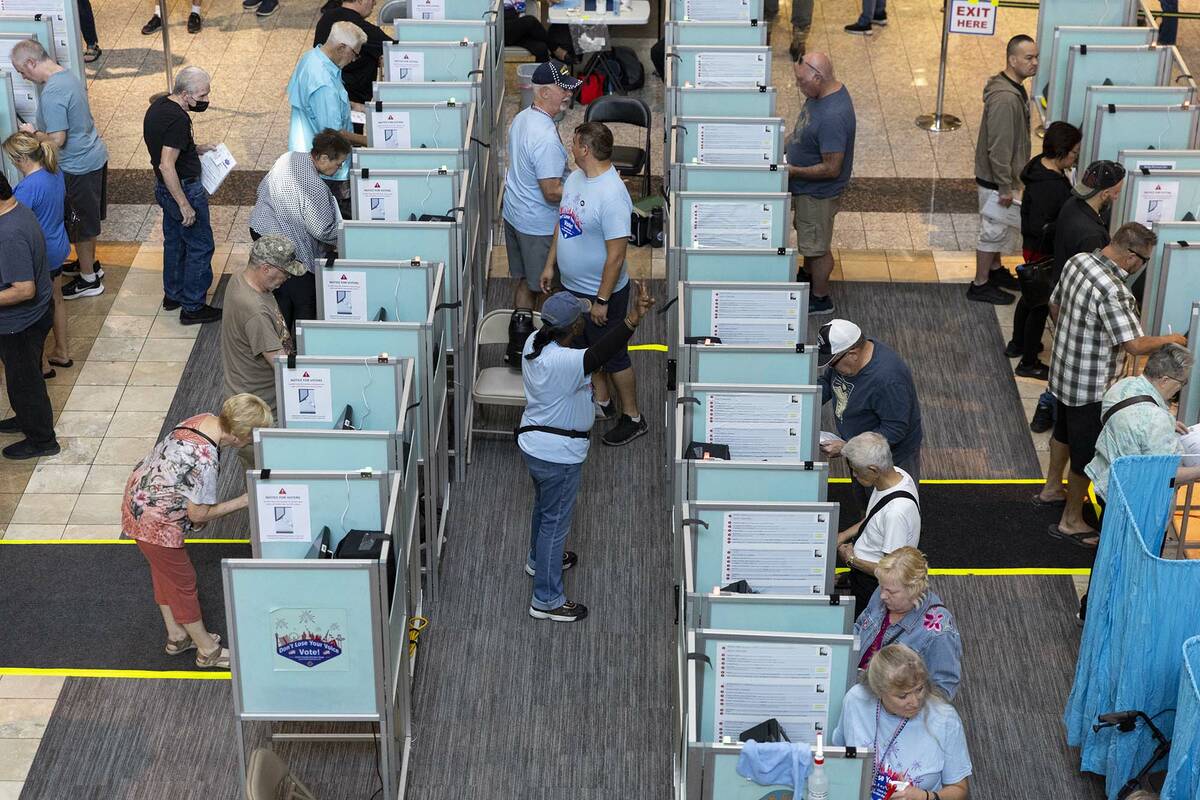
About nine months from now, Nevada voters will choose whether to adopt a new system that will drastically change the way they previously voted. A recent study, however, found that one part of the new system results in more mistakes from voters in other places it’s been implemented and a higher likelihood of ballot rejection.
Nevadans approved Ballot Question 3, with ayes winning by almost 6 percent, in the 2022 midterms. As a constitutional amendment, it must be approved a second time this year before it can be put into effect. If approved again this year, its provisions would go in effect in 2026 with two major changes to how elections are run in Nevada.
First, it would open the state’s closed primary system, allowing nonpartisan and registered third party Nevadans — nearly 40 percent of all registered voters — to take part in a primary election for U.S. senators, U.S. representatives, governor, lieutenant governor, secretary of state, state treasurer, state controller, attorney general and state legislators. The Silver State would hold just one primary for candidates — regardless of their party — with the top five candidates moving on to the general election.
Second, the initiative would implement a ranked choice voting system. Rather than choosing one candidate in a particular race, voters would be able to rank all candidates in a particular race by order of preference, from their first choice, second choice and so on.
If one candidate wins more than 50 percent of the votes, that candidate wins the election. If not, the candidate with the least number of first-choice votes is eliminated, and that candidate’s votes would get distributed to their supporters’ second-choice candidates. The votes would again be tabulated, and the winnowing process would repeat until one candidate receives more than 50 percent of the vote and is declared the winner.
Ballot Question 3 struck a chord with voters in Nevada who feel the current system forces them to choose between the lesser of two evils. Advocates say the initiative would force candidates to campaign more in the middle of the political spectrum from the beginning. And with nonpartisans making up the largest voting bloc, many Nevadans have said they want to participate in the electoral process from the beginning, not just the general election.
Opponents of the initiative — which include the Nevada Democratic and Republican parties — say the initiative would be confusing for voters and could lead to voter disenfranchisement.
Higher rejection rates
A University of Pennsylvania study on ranked choice voting found that votes in a ranked choice voting system are almost 10 times more likely to be rejected than votes in nonranked choice races.
The Dececember 2023 study looked at 3.09 million ballots in 165 races in Alaska, Maine, San Francisco and New York City.
It found that in a typical ranked choice race, nearly 1 in 20 voters improperly marked their ballots in at least one way.
There is a trade-off between allowing voters to express more complex preferences and a more complicated ballot yielding higher rates of errors and ballot rejections, wrote the authors, Stephen Pettigrew and Dylan Radley.
“These findings raise key normative questions about voter participation and representation in ranked choice systems and have important policy implications for jurisdictions that already have or are considering adopting ranked choice voting,” the study says.
It notes, however, that not every improper marking results in a ballot rejection; 0.35 percent of ballots are rejected in the first round of tabulation, with rejection rates increasing to 0.53 percent in the final round of tabulation, according to the study.
“While most ranked choice ballots with an improper mark are ultimately counted, the ballot rejection rates in ranked choice offices are still more than an order of magnitude higher than those in nonranked offices,” the study said.
The study found that improper marks people put on their ballots include overvotes, when a voter selects more than one candidate for a given ranking; overranking, when a voter selects the same candidate for more than one ranking; and skips, when a voter leaves a ranking blank but fills in a subsequent ranking.
Overvoting is the most likely to translate into a rejected ballot, and ballots with overrankings are the least likely to be rejected. Only about 1.5 percent of them result in an uncounted vote.
Among the 4.8 percent of votes that contain any type of improper mark, only 9.8 percent of those are ultimately rejected from counting, the study found.
‘No more wasting your vote’
In response to the study, Brian Cannon with FairVote Action, which supports ranked choice voting adoption across the country, said that ranked choice voting makes more votes count.
“While some ballots may be disqualified due to errors in later rounds (less than half a percent), RCV allows many more ballots to count through multiple rounds, amplifying every voter’s voice,” Cannon, the director of advocacy for FairVote Action, said in an email. “This is a way to make your vote count more than plurality elections. No vote splitting. No more wasting your vote. No more voting for the lesser of two evils.”
Cannon said the Penn study’s comparison is flawed, as it equates overvotes in later rounds to single-choice elections.
Pettigrew, one of the authors of the study, told the Review-Journal they anticipated that criticism and addressed it several times throughout the study.
The authors directly compare ballot rejection rates from nonranked races to rejection rates in only the first choice on a ranked ballot, which is more of an “apples-to-apples” comparison, Pettigrew said. They still found that ranked ballots are rejected five to 10 times more often, he said.
Most ranked choice races do not go to a second round of counting, Pettigrew said, because a candidate usually gets 50 percent on the first round of tabulation.
“If a ranked choice office only has one round of tabulation, then in order for a vote to be rejected because of a ballot-marking mistake by the voter, that mistake had to have happened when they were picking their first-choice candidates,” Pettigrew said in an email to the Review-Journal.
“You could gripe over nuances and intricacies of why ballots are being rejected, but at the end of the day a rejected vote is a rejected vote,” Pettigrew said in an email.
He said the study’s findings suggest that this happens more often in ranked choice races than nonranked ones.
“It’s up to policymakers (or in this case, voters) to decide whether using a more complex ranked ballot is worth the downside of having higher rates of ballot rejection,” he said.
University of Pennsylvania study by Jessica Hill on Scribd
Contact Jessica Hill at jehill@reviewjournal.com. Follow @jess_hillyeah on X.









